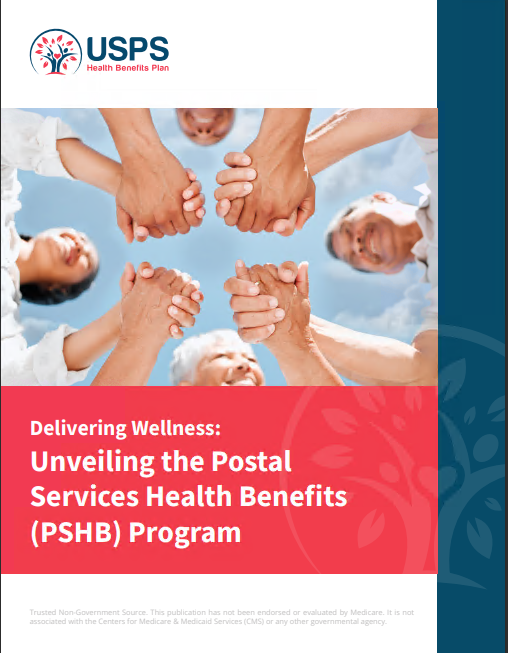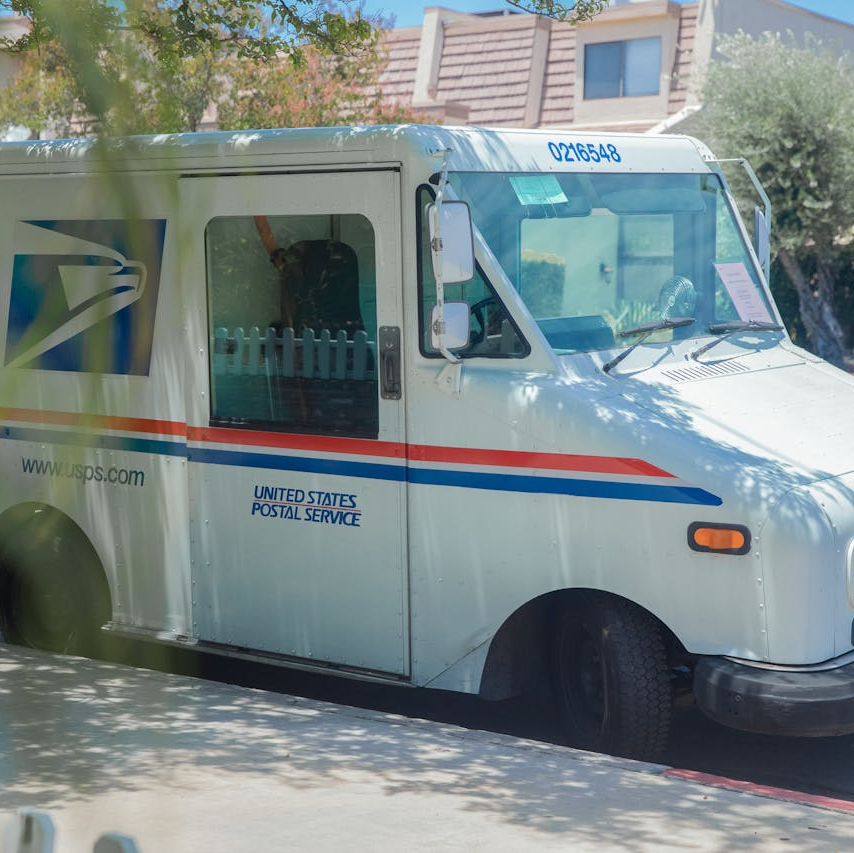Key Takeaways
-
Medicare’s changes in 2025 bring new opportunities and challenges, particularly for Postal Service Health Benefits (PSHB) enrollees integrating with Medicare.
-
Understanding the updates to Medicare’s out-of-pocket caps, premiums, and deductibles will help you make informed decisions about your healthcare coverage.
Navigating Medicare Changes for PSHB Participants
If you’re enrolled in the Postal Service Health Benefits (PSHB) program, the evolving Medicare landscape in 2025 directly affects your healthcare options. To get the most out of your coverage, it’s essential to stay updated on Medicare changes, especially since PSHB integrates with Medicare for many participants. This year, modifications to costs and coverage options could significantly influence your healthcare decisions.
Understanding Medicare’s Role in PSHB
Medicare plays a critical role in enhancing PSHB benefits for eligible participants. If you’re 65 or older or otherwise Medicare-eligible, enrolling in Medicare Part A (hospital insurance) and Part B (medical insurance) is typically required to maximize your PSHB plan’s value. Integration with Medicare can help reduce out-of-pocket costs through lower deductibles, waived copayments, and enhanced prescription drug coverage under Medicare Part D.
Key Medicare Changes in 2025
Out-of-Pocket Cap for Prescription Drugs
One of the most significant updates in 2025 is the introduction of a $2,000 annual out-of-pocket cap for prescription drug costs under Medicare Part D. For PSHB participants, this cap simplifies budgeting for medications, providing much-needed financial predictability. Combined with PSHB’s coordination of benefits, this change ensures that medication costs remain manageable.
Adjustments to Premiums and Deductibles
Medicare premiums and deductibles have increased this year:
-
Medicare Part A: The inpatient hospital deductible is now $1,676 per benefit period.
-
Medicare Part B: The standard monthly premium has risen to $185, with an annual deductible of $257.
-
Medicare Part D: The maximum deductible is $590, though your actual costs depend on your plan’s specifics.
These changes emphasize the importance of budgeting and understanding how PSHB coverage complements Medicare to mitigate these expenses.
How Medicare Integration Benefits PSHB Participants
Reduced Costs for Medical Services
PSHB plans often waive or reduce deductibles and copayments for services covered by Medicare. For example, when you visit a doctor or specialist, Medicare covers a portion of the costs, and your PSHB plan steps in to handle much of the remainder. This reduces the financial burden of routine medical visits and hospital stays.
Enhanced Prescription Drug Benefits
If you’re enrolled in both PSHB and Medicare, your prescription drug coverage includes benefits under a Medicare Part D Employer Group Waiver Plan (EGWP). This integration simplifies medication access and ensures you benefit from Medicare’s new $2,000 out-of-pocket cap for prescription drugs.
Choosing the Right PSHB Plan
Evaluate Coverage Needs
When selecting your PSHB plan, consider your healthcare needs and how they align with Medicare’s benefits. For example, if you require frequent specialist visits or prescription medications, choose a plan that maximizes savings in these areas. Comparing deductibles, copayments, and out-of-pocket maximums is essential to making an informed choice.
Understand Plan Costs
PSHB plans come with different cost-sharing structures, including premiums, deductibles, and copayments. Be sure to review the government’s contribution toward your premium, which typically covers about 70% of the total cost. Calculating your portion of the premium and understanding additional costs will help you choose the most cost-effective option.
Timelines and Deadlines to Keep in Mind
-
Annual Enrollment Period (AEP): Medicare’s enrollment runs from October 15 to December 7. During this time, you can join, switch, or drop Medicare plans.
-
PSHB Open Season: The PSHB enrollment period coincides with FEHB Open Season, typically in November and December. Changes take effect on January 1.
-
Special Enrollment Periods (SEP): Life events like retirement or changes in Medicare eligibility may qualify you for a Special Enrollment Period, allowing mid-year plan adjustments.
The Importance of Staying Informed
Reviewing Plan Brochures
Each PSHB plan publishes a brochure detailing benefits, cost-sharing requirements, and how the plan coordinates with Medicare. Reviewing this information ensures you’re aware of potential savings and any changes to coverage.
Using Medicare Resources
Take advantage of Medicare’s tools to compare plans, estimate costs, and understand how updates impact your coverage. These resources are invaluable for making informed healthcare decisions.
Strategies to Minimize Healthcare Costs
Coordinate Benefits Effectively
Maximizing the benefits of PSHB and Medicare requires effective coordination. For example, always confirm that your providers accept Medicare to avoid unexpected costs. Additionally, ensure your prescription medications are covered under your plan’s formulary.
Plan for Preventive Care
Medicare covers a wide range of preventive services at no additional cost, including screenings, vaccinations, and annual wellness visits. Combining these benefits with PSHB’s coverage ensures comprehensive preventive care, helping you stay healthy and avoid higher medical costs later.
Budget for Out-of-Pocket Costs
While Medicare and PSHB reduce overall expenses, you’ll still have out-of-pocket costs like premiums, deductibles, and coinsurance. Setting aside funds to cover these expenses helps avoid financial strain. Take advantage of tools like Flexible Spending Accounts (FSA) or Health Savings Accounts (HSA), if eligible, to save pre-tax dollars for healthcare expenses.
What Happens if You Delay Medicare Enrollment?
If you’re Medicare-eligible but fail to enroll on time, you risk late enrollment penalties that increase your Part B and Part D premiums for life. For PSHB participants, delaying Medicare enrollment may also lead to higher out-of-pocket costs, as your PSHB plan’s benefits are designed to work alongside Medicare.
Making the Most of Your Coverage
Regularly Review Your Plan
Even after enrolling in PSHB and Medicare, it’s important to review your coverage annually. Changes in your health, financial situation, or Medicare’s benefits may necessitate adjustments to your plan choices.
Seek Professional Guidance
If you’re unsure about which PSHB plan or Medicare option best suits your needs, consult with a benefits counselor or Medicare advisor. They can provide personalized advice based on your circumstances.
Aligning PSHB and Medicare for Comprehensive Care
Medicare’s updates in 2025 create opportunities for PSHB participants to enhance their healthcare coverage and manage costs more effectively. By understanding these changes and making strategic decisions, you can ensure your healthcare needs are met without exceeding your budget. Take time to evaluate your options, coordinate your benefits, and stay informed to make the most of your coverage.











